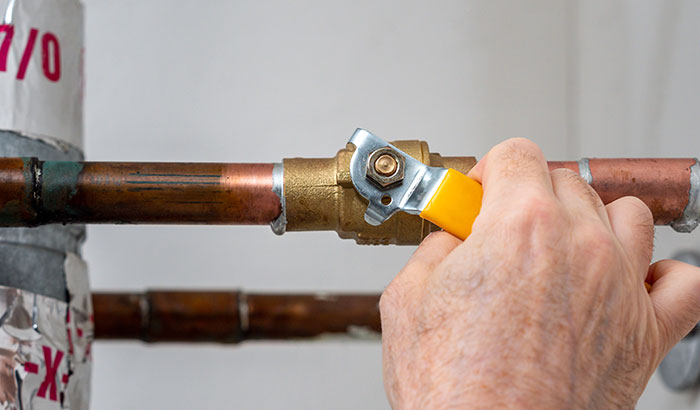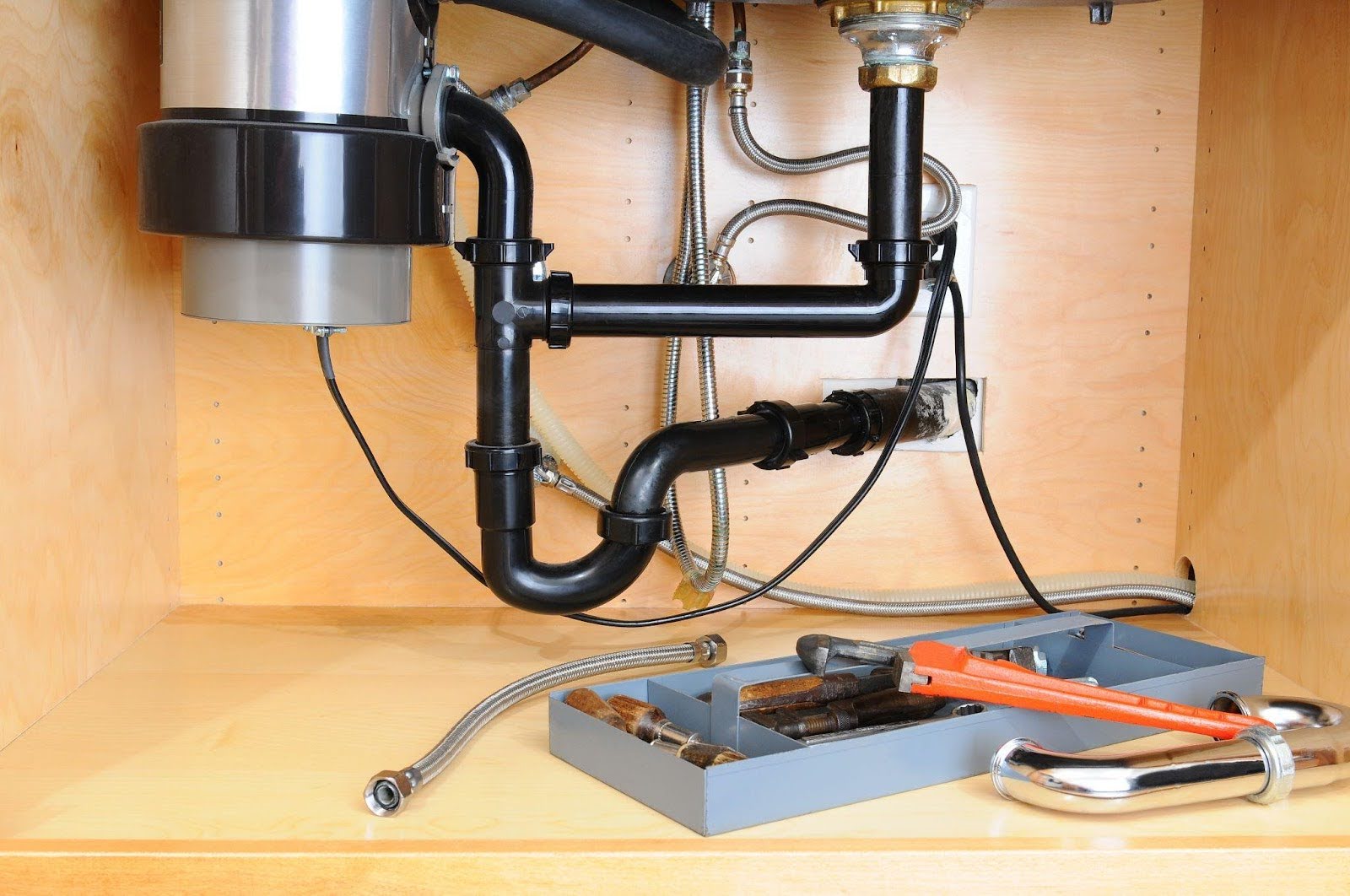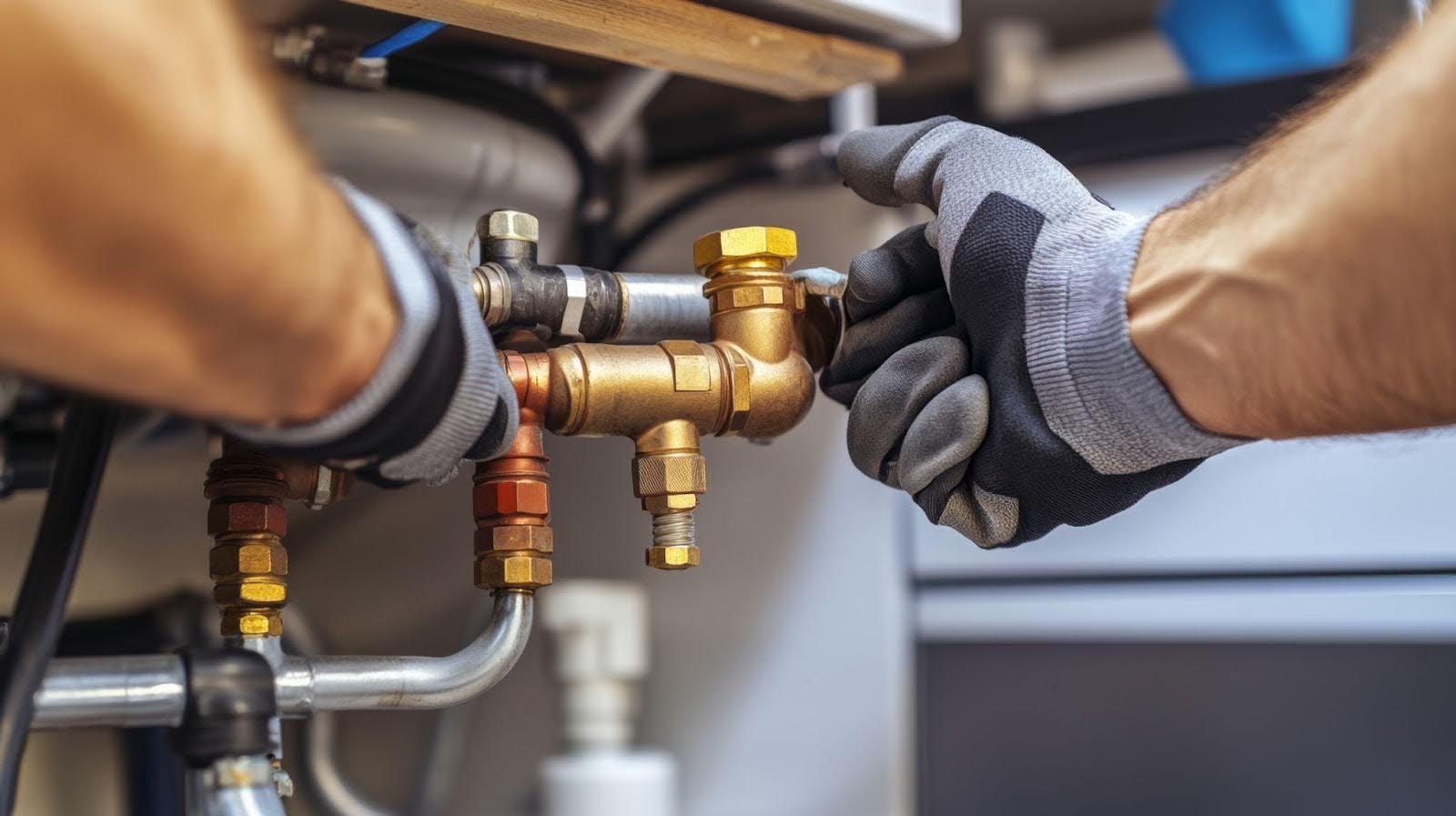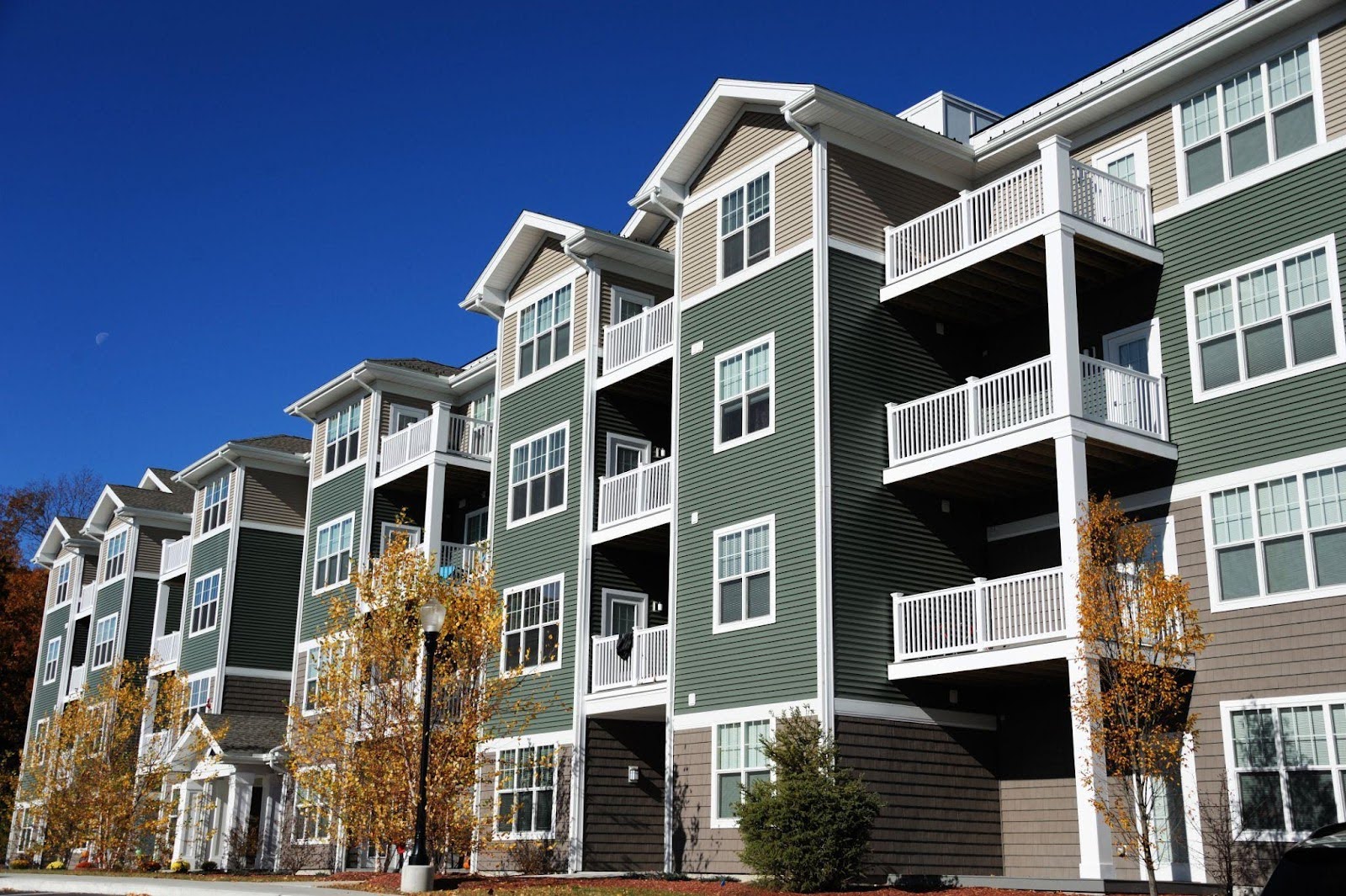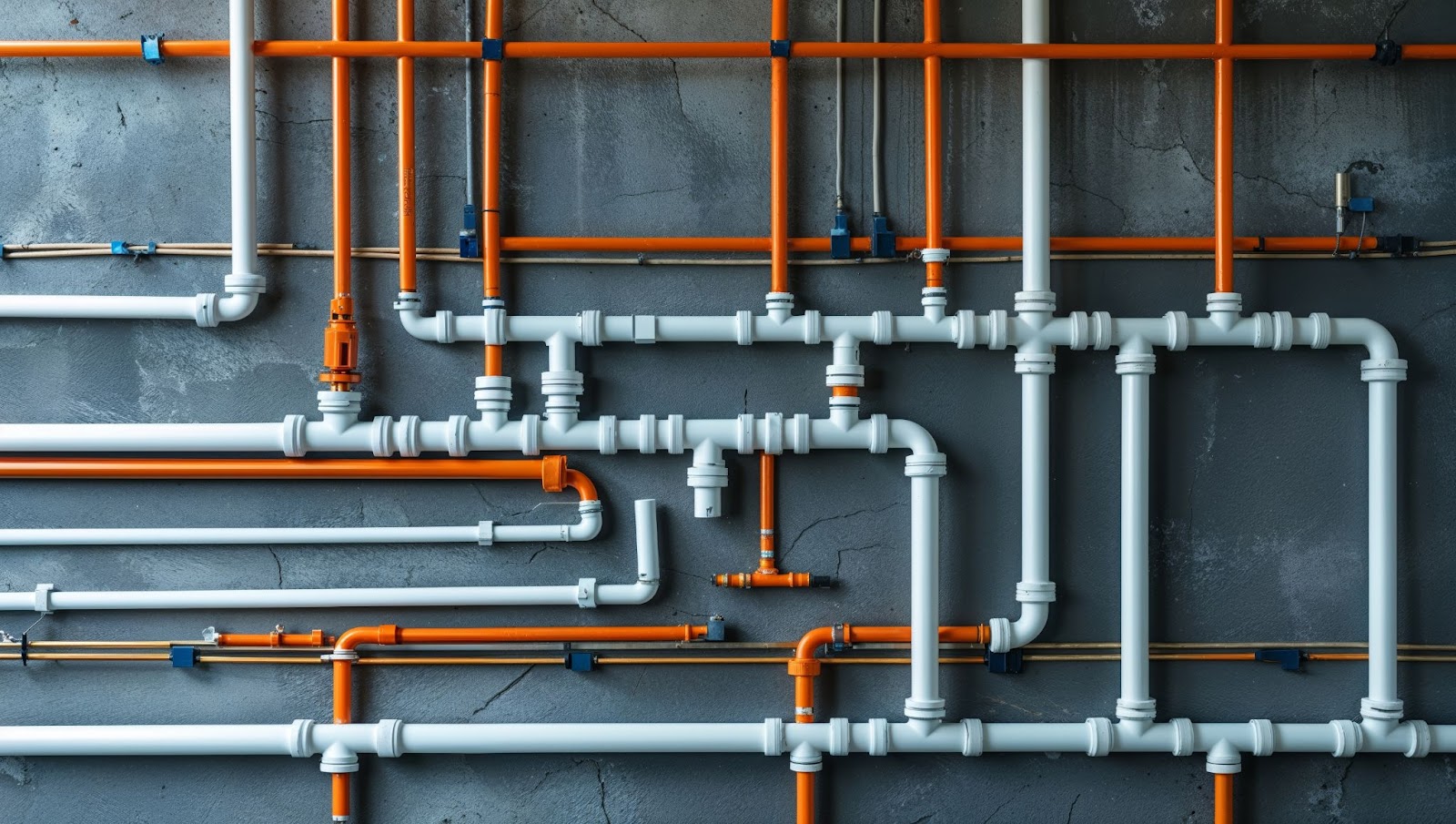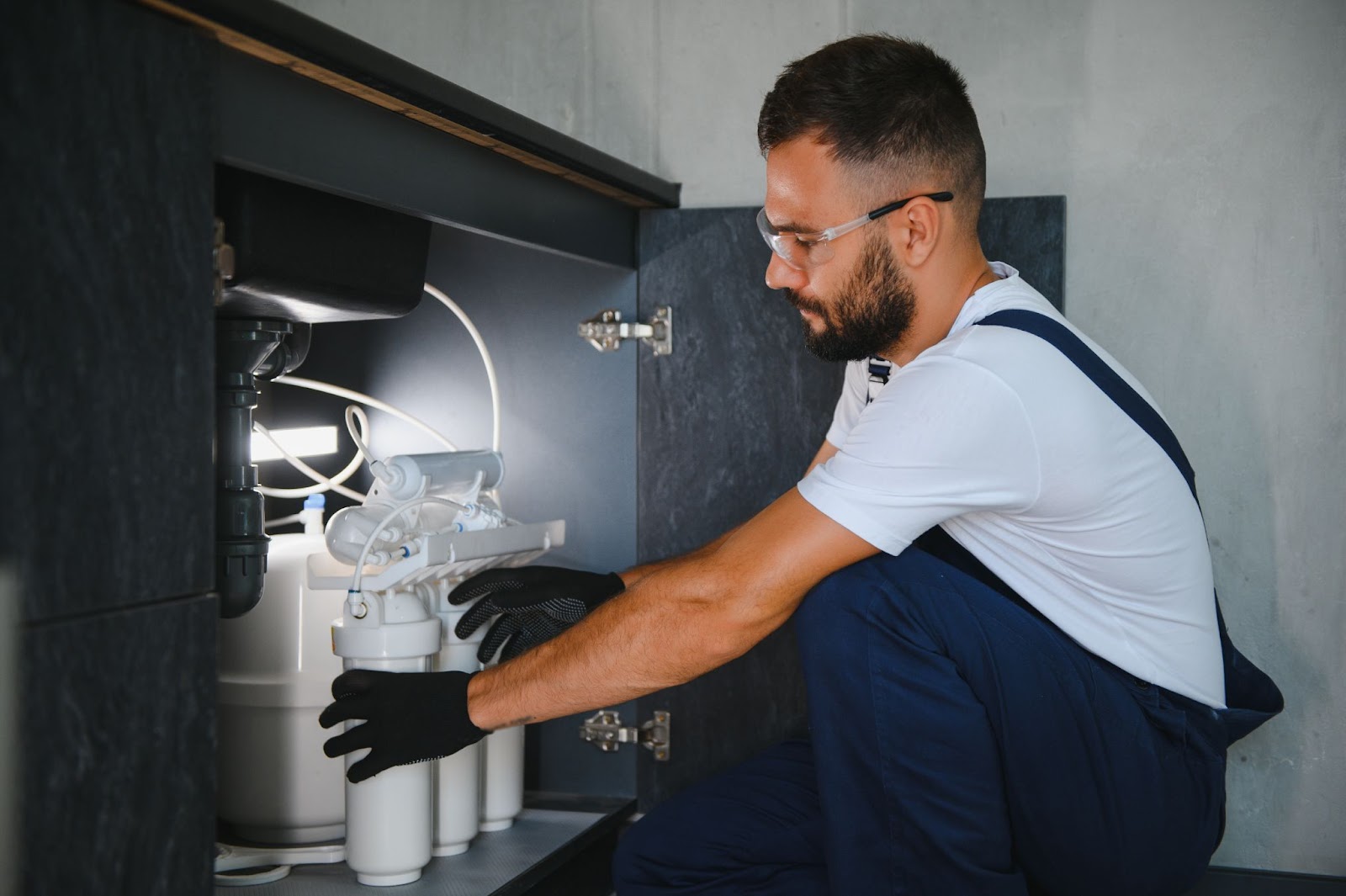A water shut-off valve is a critical component of any plumbing system, yet it’s one that many homeowners don’t think about until it’s too late. In the event of a water leak or burst pipe, quickly shutting off the water supply can help prevent extensive damage to your home.
Knowing your water shut-off valve location and shut off your water shut-off valve is a vital skill that every homeowner should have.
In this blog, we’ll walk you through the steps to locate and shut off your water shut-off valve. We’ll also cover the different types of water shut-off valves. Understanding the various types of valves and how to turn them off will give you greater confidence in dealing with any plumbing emergency.
Knowing how to shut off your water supply is essential whether you’re a new homeowner or have lived in your house for years. Locating and learning how to use your water shut-off valve can save you time, money, and headaches down the road. So, let’s dive in and learn how to protect your home from plumbing disasters.
Where Are Water Shut-off Valves Located?
There isn’t one specific answer to the question, but there are certain places shut-off valves are more likely to be found.
The water shut-off valve location will vary depending on the layout of your home or apartment building. In a house, the shut-off valve is usually located near the water meter, typically found in the basement or crawl space. However, if you don’t have a basement or crawl space, you may find the water meter and shut-off valve in a utility room, closet, basement, or near your water heater.
To locate the water shut-off valve in your home, start by looking for the water meter. The shut-off valve is typically located on the same pipe as the water meter, either before or after it. If you’re having trouble finding the shut-off valve, you may need to call local plumbing services for assistance.
If you live in an apartment building, the location of the shut-off valve can vary depending on the size and layout of the building. For example, it may be located in a utility closet, mechanical room, or on each floor of the building. If you’re having trouble finding the shut-off valve, don’t hesitate to ask your building manager or superintendent for assistance. They can show you the water shut-off valve location.
Remember, locating and knowing how to use your water shut-off valve is essential to home maintenance. In an emergency, turning off the water supply can help prevent costly water damage to your home. By finding your shut-off valve and familiarizing yourself with how it works, you can be prepared for any plumbing emergency.
Types of Water Shut-Off Valves
There are several types of water shut-off valves. Some valves operate differently, so it’s important to know which type you have in your home and how to turn it off. If you have questions about how to operate your valve, have a local plumbing expert help you.
As we said above, the main water shut-off valve is usually located near the water meter and controls the water supply to the entire house. The handles for the valve shut-off are typically red or green but can also be blue, yellow, or another color.
Here are a few types of water shut-off valves:
Gate valve: Your water shut-off valve is most likely a gate valve. These use a wheel-like handle to turn a gate inside the valve to block the water flow. To turn off the main water shut-off valve, turn the handle clockwise until it’s tight.
Ball valve: These operate by using a lever to turn a ball inside the valve to block the flow of water. To turn off a ball valve, turn the lever perpendicular to the pipe until it’s tight.
Compression valve: These look similar to gate valves and operate using a stem turned with a wrench or pliers. Compression valves are typically used for sinks and toilets. When the stem is turned, it presses a rubber washer against a metal seat to shut off the water supply. To turn off a compression valve, turn the stem clockwise until it’s tight.
Globe valves: These are used mostly for industrial purposes. While not typically found in homes, they can be found in some older homes. They use a wheel handle (like a gate valve) to turn a gate inside the valve to block the flow of water. To turn off a gate valve, turn the handle clockwise until it’s tight.
Precautions to Take
When it comes to using the main water shut-off valve, there are a few precautions that you should take to ensure that it is used safely and effectively.
Firstly, make sure that you know where the valve is located and that it is accessible in an emergency. In some cases, the valve may be located in a crawlspace or behind a wall, so it’s important to know where it is and how to access it.
If you have a water heater in your home, plumbers recommend turning off the power or gas supply to the unit before shutting off the main water valve. This will prevent damage to the water heater and ensure that it is safe to use when the water supply is turned back on.
After the main water valve has been turned off, it’s important to drain any remaining water in the pipes by opening faucets and flushing toilets. This will help prevent any residual water from causing damage to your home.
Finally, it’s important to use caution when turning the main water valve back on. Slowly turn the valve counterclockwise until the water begins to flow again. This will help prevent any sudden surges of water that can cause damage or leaks in your plumbing system.
If your water shut-off valve is stuck or won’t turn, it’s important not to force it, as this can cause damage to the valve or even the pipes. Instead, spray the valve with a penetrating lubricant, such as WD-40, and wait a few minutes for it to loosen up.
If your water shut-off valve is stuck and you can’t get it to move, it’s time to call a professional plumber to assess the situation. They will have the tools and expertise to safely loosen or replace the valve if necessary. Don’t let a stuck water shut-off valve become a major plumbing emergency.
By taking these precautions when using the main water shut-off valve, you can help prevent water damage to your home and ensure that your plumbing system is functioning properly in an emergency.
If you have any concerns or questions about using the main shut-off valve, don’t hesitate to contact local plumbing services for assistance.
Let Salisbury Plumbing Handle Your Plumbing Concerns
Knowing how to locate and shut off your water shut-off valve is essential for any homeowner or renter. By taking the time to familiarize yourself with the water shut-off valve location and the operation of your shut-off valve, you can help prevent water damage to your home and protect yourself and your family in a plumbing emergency.
If you’re unsure where your water shut-off valve is located or if it is stuck and you need assistance with shutting it off, don’t hesitate to contact Salisbury Plumbing today for help. They can help you locate the valve, advise on shutting it off safely, and even perform routine maintenance to ensure your plumbing system is functioning properly.
We understand the importance of having access to clean, functioning water in your home, and we’re available 24/7 to assist you with any of your plumbing needs and emergencies.
Whether you have a leaky faucet or clogged drain or need help locating your water shut-off valve, our team has the expertise and tools to get the job done right. Contact us today using our online form or call us at 385-375-1207, and let’s talk about how we can help!
toto slot

